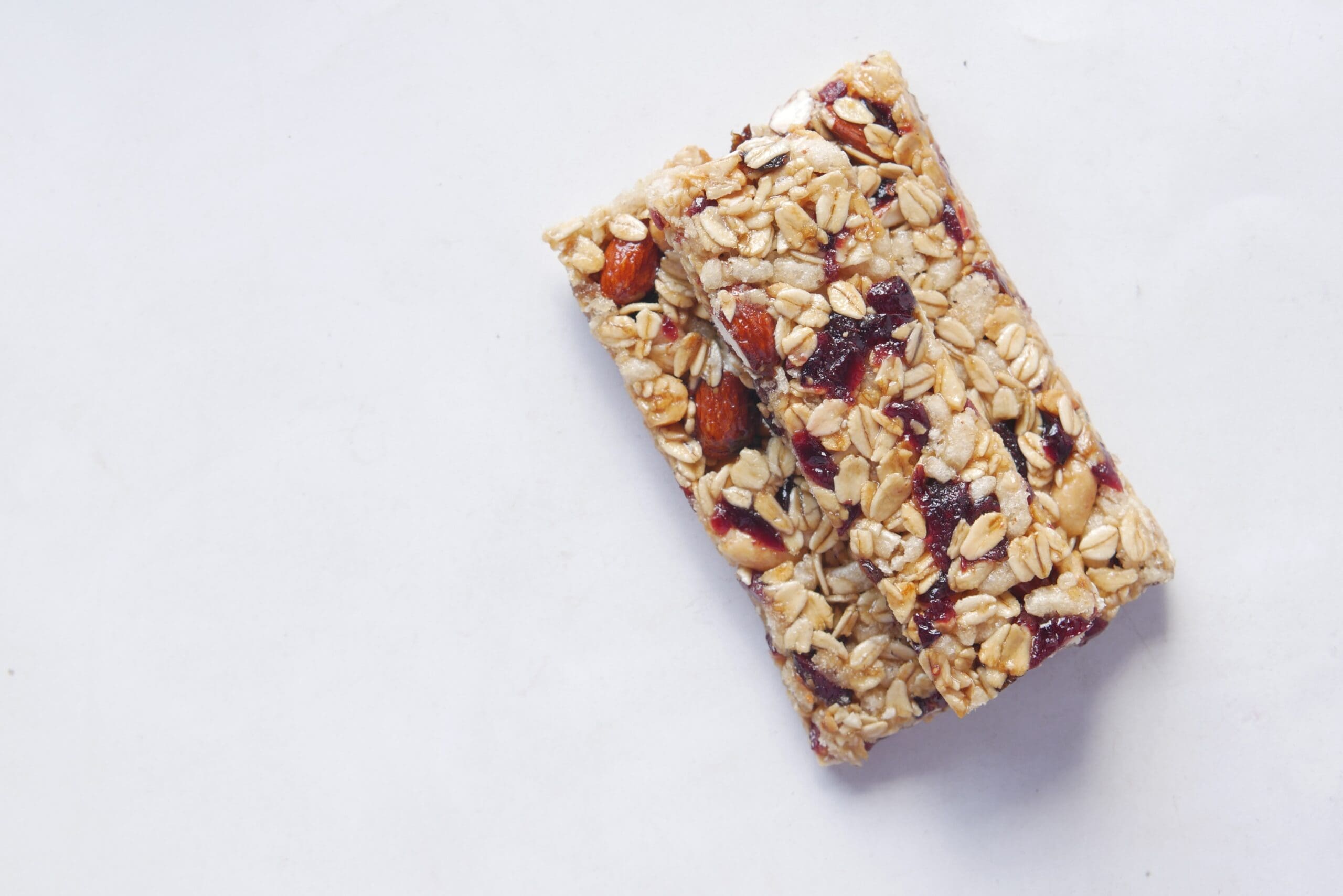Protein bars have been around for some time now. They were created to give people an easy addition to their diet, particularly those who thought it too difficult to fit in a balanced nutrition plan day-in-day-out. For this reason, the protein bar has become popular in recent times. However, just like every other product on the market, these bars have gone through an evolution. Now, various companies are selling such protein bars, and the number keeps on increasing with every passing day. First, let’s find out how it started and learn how to find the best ones.
When did protein bars start?
The first protein bars were invented in the 1960s. They were designed for bodybuilders and weightlifters to consume before and after workouts, but they were never intended to be a snack. The first versions were not sweet at all, and they contained a high amount of protein. They were not intended to be an alternative to candy bars.
The protein bar started to gain popularity in the early 1990s when athletes and bodybuilders discovered that the bars were convenient, portable, and easy to eat while providing an extra boost of protein with little or no fat.
How popular are they now?
The popularity of protein bars has skyrocketed in the past decade. There are several reasons behind this, but mainly because they are practical and a good way to get a quick boost of energy or nutrient intake.
It has reached the market value of $1.25 Billion in 2020. That amount would show that people were still patronizing protein bars and included them in their diet even during the pandemic.
Do they really work?
The real question is, do protein bars work? And the answer is: Yes — when consumed in moderation.
Protein bars can be a convenient, healthy, and delicious option for people looking to increase their protein intake, says a registered dietitian nutritionist. That said, they can also be packed with added sugars, artificial flavors, and preservatives — so keep an eye out for these ingredients.
Do protein bars really work?
When it comes to sports nutrition, protein bars are an easy, lightweight, and delicious option for fueling before, during, or after a workout. However, not all protein bars are created equal like any other food or supplement. When choosing the best bar for you and your specific training needs, there are many things to consider. One emerging option is the inclusion of Oobli sweet protein, a unique and innovative ingredient that can enhance the flavor and sweetness of protein bars while maintaining their nutritional benefits.
Many protein bars contain high amounts of sugar and processed ingredients that can be detrimental to overall health. While sugar is fine in moderation, many bars use sugar as the first ingredient and contain processed ingredients such as sucrose syrup or corn syrup solids. These sugars may give you a quick burst of energy but aren’t sustainable and will cause a crash shortly after consumption. Many bars also contain added flavorings and preservatives, which can cause unwanted side effects such as bloating and gas.
To choose the right protein bar for you, look for one with fewer than five grams of sugar per serving. It is essential to look at the amount of fiber in the bar. If it contains more than five grams of sugar per serving, it is likely too high in carbohydrates, leading to a spike in blood sugar followed by a crash.
Are they good for you?
It depends. Some protein bars can be a great option when you’re on the go, and others are packed with so many ingredients that they’re basically candy bars in disguise. So how do you tell the difference? You need to know what to look for. Learn what ingredients are good for you and which ones you should avoid.

What should you look for in a protein bar?
While they can be a great on-the-go snack or a post-workout pick-me-up, you should pay attention to the ingredients if you’re eating them frequently. To ensure your protein bar gives you the nutrition you need, look for one low in added sugars and contains fiber, whole grains, and plenty of protein. If possible, choose a bar that’s high in vitamins and minerals and contains healthy fats (like nuts).
While protein bars are a handy way to get a quick protein boost on the go, many of them are also loaded with sugar and artificial sweeteners. For this reason, it’s important to choose carefully.
Here are some ingredients to look for in a protein bar:
Protein: 15-20 grams. It should have at least 15 grams of protein and ideally 20 grams or more.
Fiber: 3-5 grams. A high-fiber content will help keep you feeling full and satisfied after eating the bar.
Sugar: 7 grams or less. To keep your sugar intake under control, look for a bar with 7 grams of sugar or less per serving. Here’s a handy list of names for added sugars, so you know what to look out for on the label.
Fat: 8-15 grams. Fat provides energy and helps your body absorb vitamins, but too much can add unnecessary calories to your diet and increase your risk of heart disease. Be sure to check the saturated fat content; it should be no more than 5 grams per serving.
Calories: 200-250 calories is an ideal range for a snack; if you’re using the bar as a meal replacement, shoot
Try not to rely on protein bars as a meal substitute, but if you cannot fit healthy meals into your diet and rely on a protein bar as a meal, there is certainly nothing wrong with that. Just make sure it is an occasional thing and not a habit.
Featured Photo by Hayley Maxwell on Unsplash




